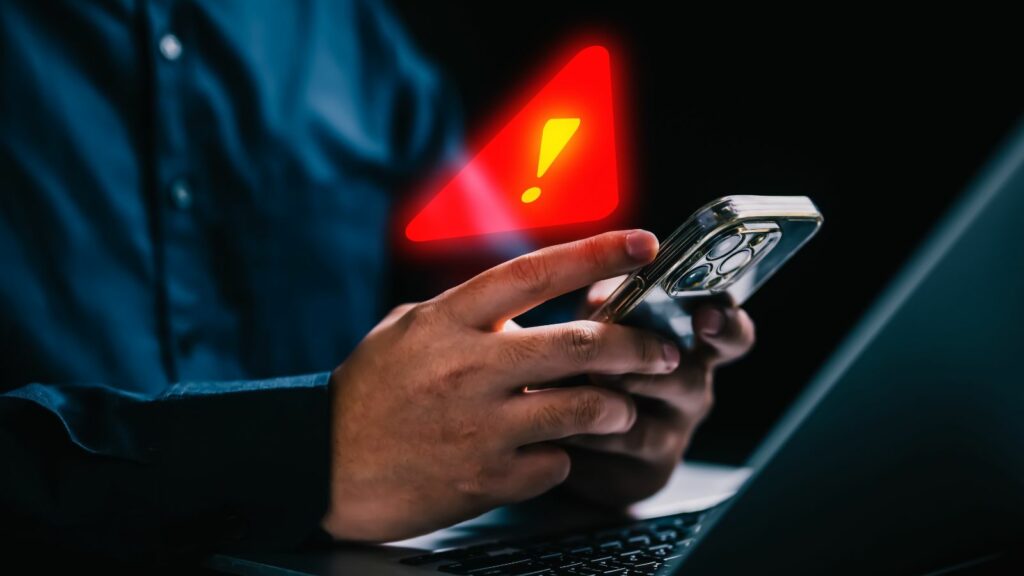Digital technology in 2024 has become essential to daily life, embedded in how we communicate, shop, and work. However, the rise of digitalization has brought a wave of increasing insecurity. This means that as technology advances, so do the threats, making the digital world far less safe than it used to be. Below are 18 disturbing signs that your digital life is no longer secure in 2024.
Increase in Data Breaches

Data breaches have surged in 2024, affecting even the most fortified organizations. Millions of customers’ data have been compromised in the banking, healthcare, and retail sectors. This shows that hackers are successfully breaching even the best cybersecurity systems, making data security a major concern.
Rise in Identity Theft

Identity theft has escalated significantly. As more people share their personal details online, especially on social networks, criminals have found ways to exploit this information. The rise in identity theft is now accompanied by fake accounts and cybercrimes, making online interactions more dangerous.
Government Infrastructure Targeted

Governments worldwide have experienced increasing attacks on critical infrastructure, such as power grids, communication networks, and defense systems. These attacks, often initiated by organized hacking groups or rival states, reveal that even the most secure government systems are vulnerable.
Proliferation of Fake Social Media Accounts

In 2024, social networks are struggling to manage the flood of fake users. These fraudulent profiles are used for spreading fake news, phishing scams, and defrauding people. The rampant rise of fake accounts highlights the risks now associated with social media platforms.
Exploding Dark Web Activity

The dark web has become a hub for illegal activities, where cybercriminals trade stolen data, hacking tools, and illicit services. In 2024, dark web activity has grown exponentially, showing the scale of the underground market targeting digital lives.
Increase in Ransomware Attacks
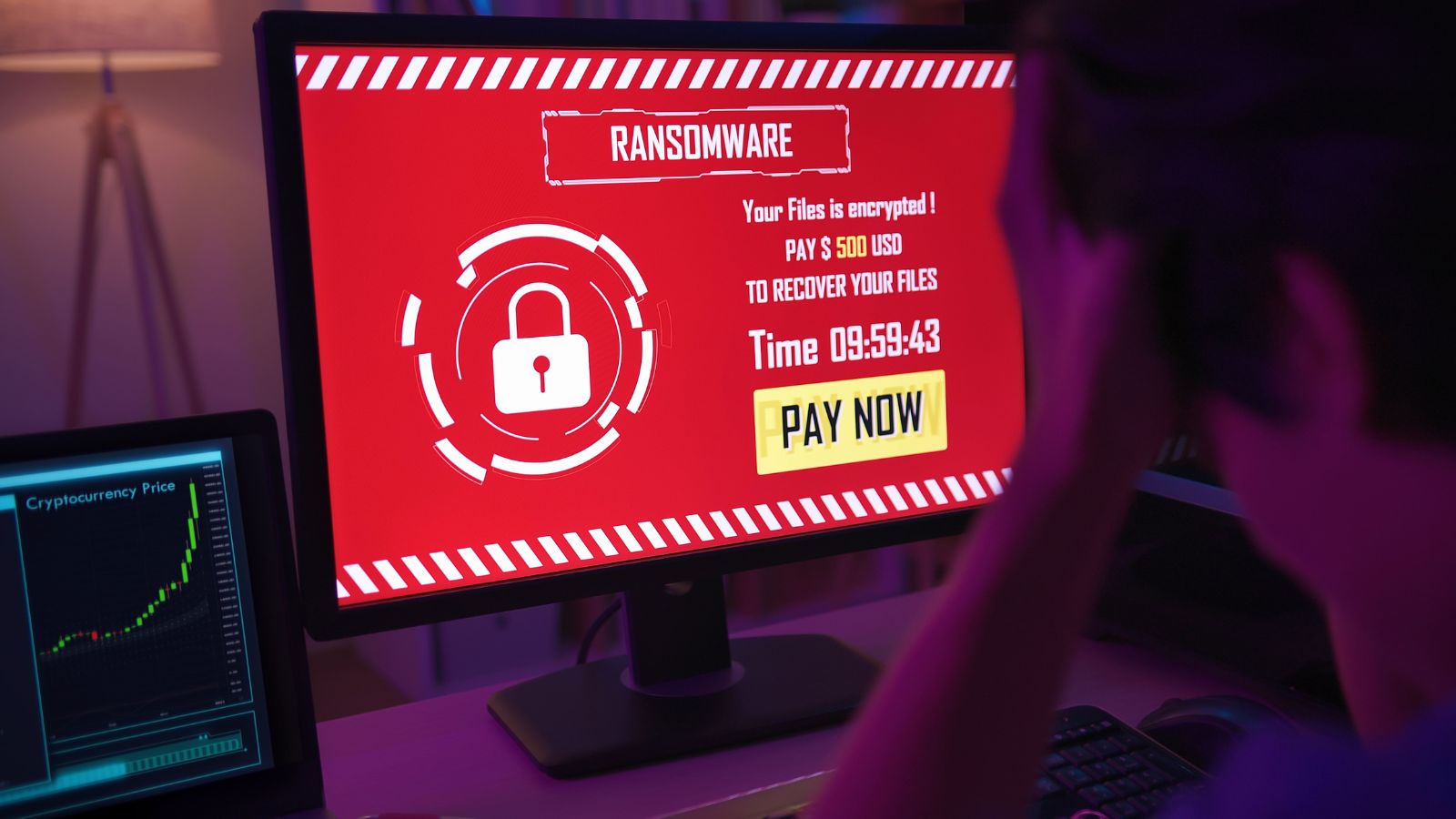
Ransomware attacks have worsened, particularly affecting hospitals, schools, and public services. In 2024, institutions have been forced to pay large sums to regain control of their systems after these attacks. The frequency of ransomware incidents highlights the growing threat to both public and private institutions.
AI-Powered Cyber Attacks
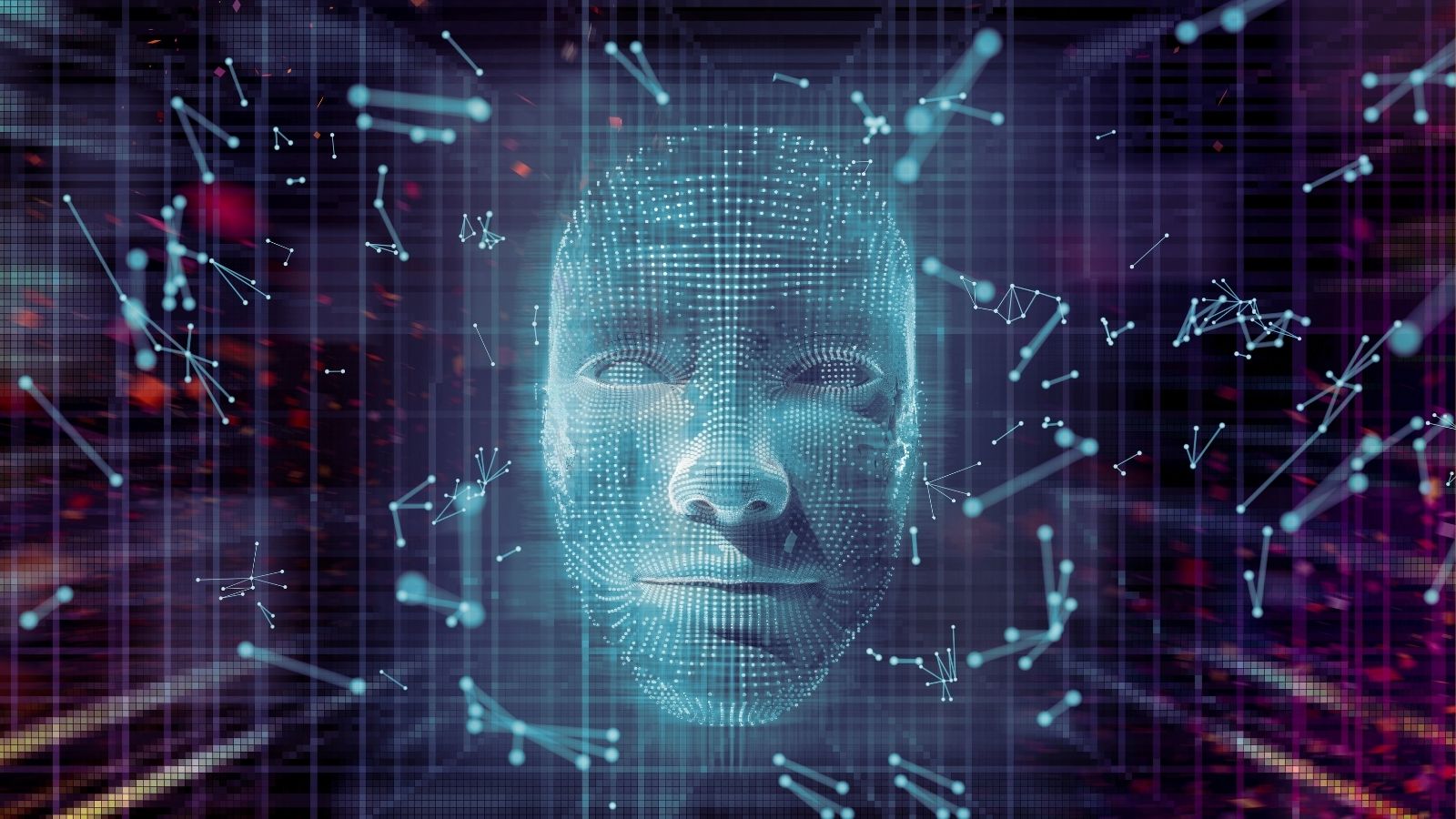
Artificial intelligence (AI) has transformed both cybersecurity and cybercrime. Criminals now use AI to launch evasive, adaptive cyberattacks that are harder to detect and prevent. In 2024, these AI-powered attacks have become a significant threat, surpassing conventional security measures.
Smart Devices Compromised by Botnets

Personal devices like smartphones, laptops, and smart home systems are increasingly vulnerable to botnet takeovers. These botnets, networks of compromised devices, are being used in massive cyberattacks. The growing number of botnets shows that even personal devices are not as secure as we believe.
Deepfake Technology Exploited

Deepfake videos, which simulate real people and their actions, are being exploited for scams, extortion, and spreading disinformation. In 2024, deepfakes have advanced so much that it’s nearly impossible to distinguish real from fake, leading to a rise in digital manipulation.
Lack of Global Cybersecurity Regulations

Despite the global nature of cyber threats, there is still no unified international response. Countries have different cybersecurity regulations, creating gaps that criminals can exploit. The lack of cohesive global regulation leaves individuals and organizations exposed to cyberattacks.
Phishing Attacks Becoming Smarter
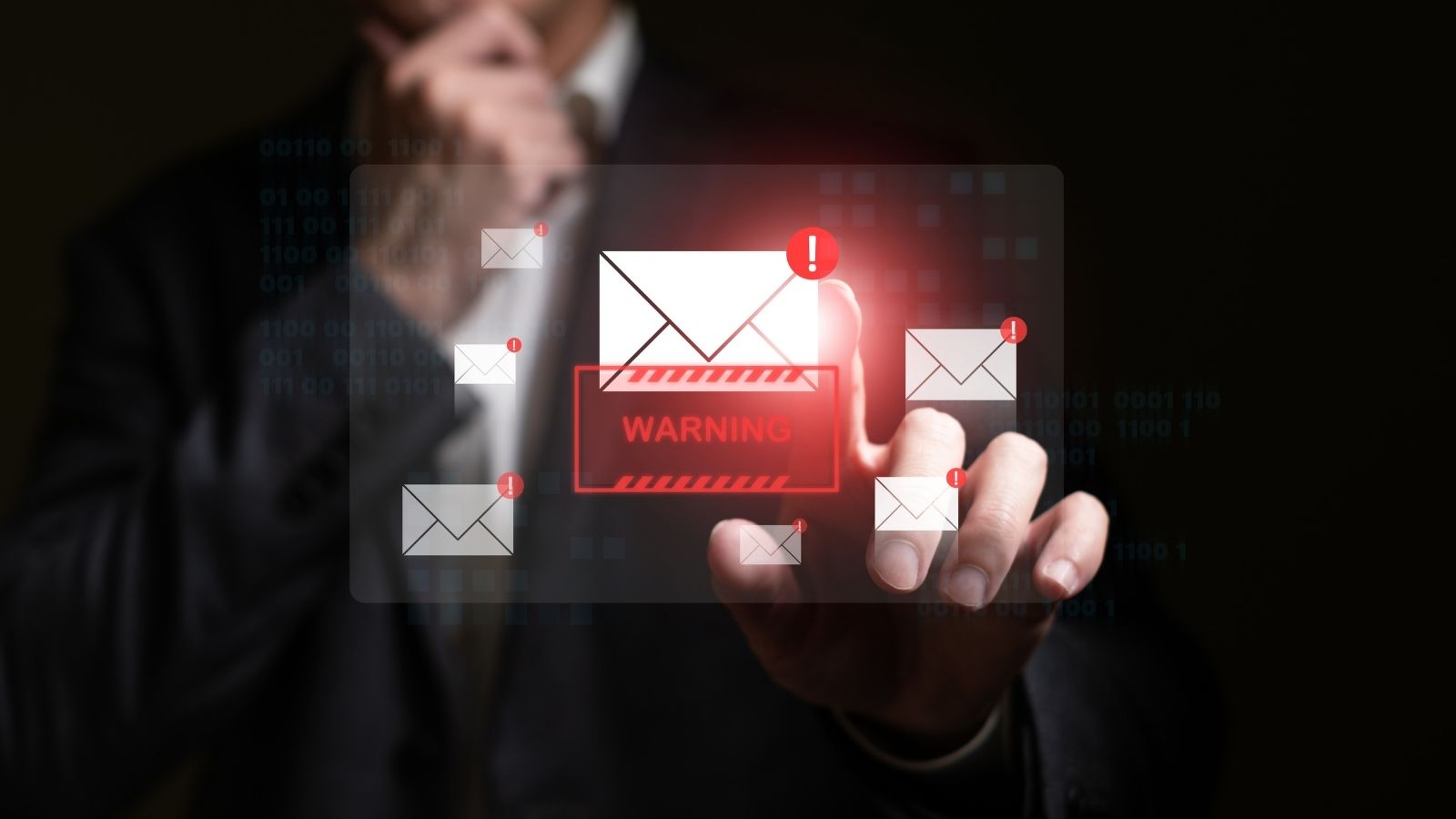
Phishing, where criminals attempt to steal sensitive information, remains a top cybersecurity concern in 2024. With AI tools, hackers now craft sophisticated phishing messages that look legitimate, making these attacks far more effective and difficult to recognize.
Rise in Cryptocurrency Scams

Cryptocurrency scams have surged, with more individuals and companies losing money to fraudulent digital currencies and exchange hacks. In 2024, it has become clear that the world of cryptocurrency is still riddled with security issues, making it an unsafe space for digital transactions.
Cloud Systems Under Attack

Cloud services, widely used for personal and business data storage, have become a prime target for hackers. In 2024, there’s been a significant rise in threats against cloud platforms, proving that even these seemingly secure systems are vulnerable to exploitation.
Increase in Cyberterrorism

Cyberterrorism is on the rise, with terrorists using the internet to spread fear, disrupt economies, and attack national systems. The growing threat of cyberterrorism demonstrates that the internet has become another battlefield for extremists.
Vulnerabilities in IoT Devices

The Internet of Things (IoT), encompassing devices like smart fridges, cameras, and voice assistants, is being increasingly targeted by cybercriminals. These devices offer another entry point for hackers to access secure networks, making even our homes vulnerable in today’s world.
Complex Financial Fraud

Financial fraud has become more advanced, including credit card scams and online banking hacks. In 2024, criminals are using AI, deepfakes, and other sophisticated methods to deceive and defraud consumers, making financial security more challenging than ever.
Corporate Espionage Through Hacking

The global economy in 2024 faces an increasing problem of corporate espionage. Hackers are targeting companies looking to steal confidential information for competitive advantage or financial gain. This growing threat jeopardizes business operations on a global scale.
Lack of Cybersecurity Awareness

Despite the growing risks, many individuals remain unaware of basic cybersecurity measures. This lack of awareness leaves them vulnerable to cyberattacks, contributing to the overall insecurity of the digital world in 2024. People’s ignorance about protecting themselves only worsens the situation, allowing hackers to exploit the unprepared.
Conclusion
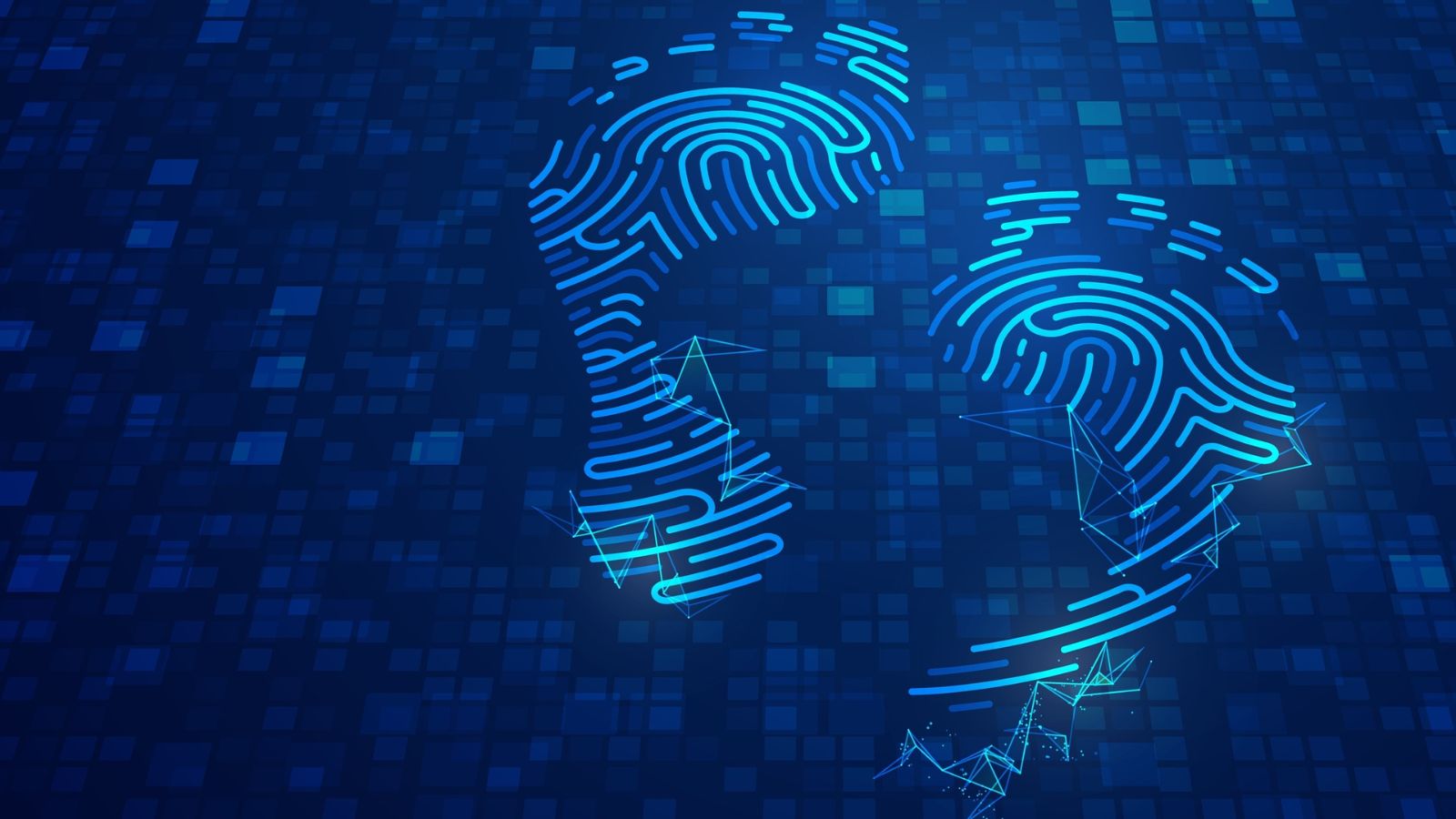
It is clear that digital life in 2024 is no longer as secure as it once was. From increasing data breaches to AI-driven attacks, the evidence shows that individuals and organizations must take cybersecurity more seriously. There is an urgent need for stronger security measures and increased awareness to ensure our digital lives remain safe in this rapidly evolving landscape. Governments, corporations, and individuals must all adapt to the changing threats to protect themselves from the growing dangers of the digital world.
18 Reasons Why People Are Leaving Florida in Masses

Exploring factors that impact the desirability of living in Florida, this list delves into various challenges shaping residents’ experiences. From environmental concerns like rising sea levels to economic factors such as fluctuating job markets, these issues collectively contribute to a nuanced understanding of the state’s appeal.
18 Reasons Why People Are Leaving Florida in Masses
